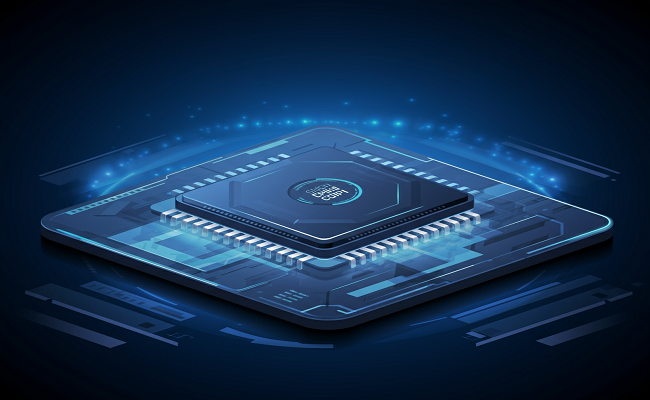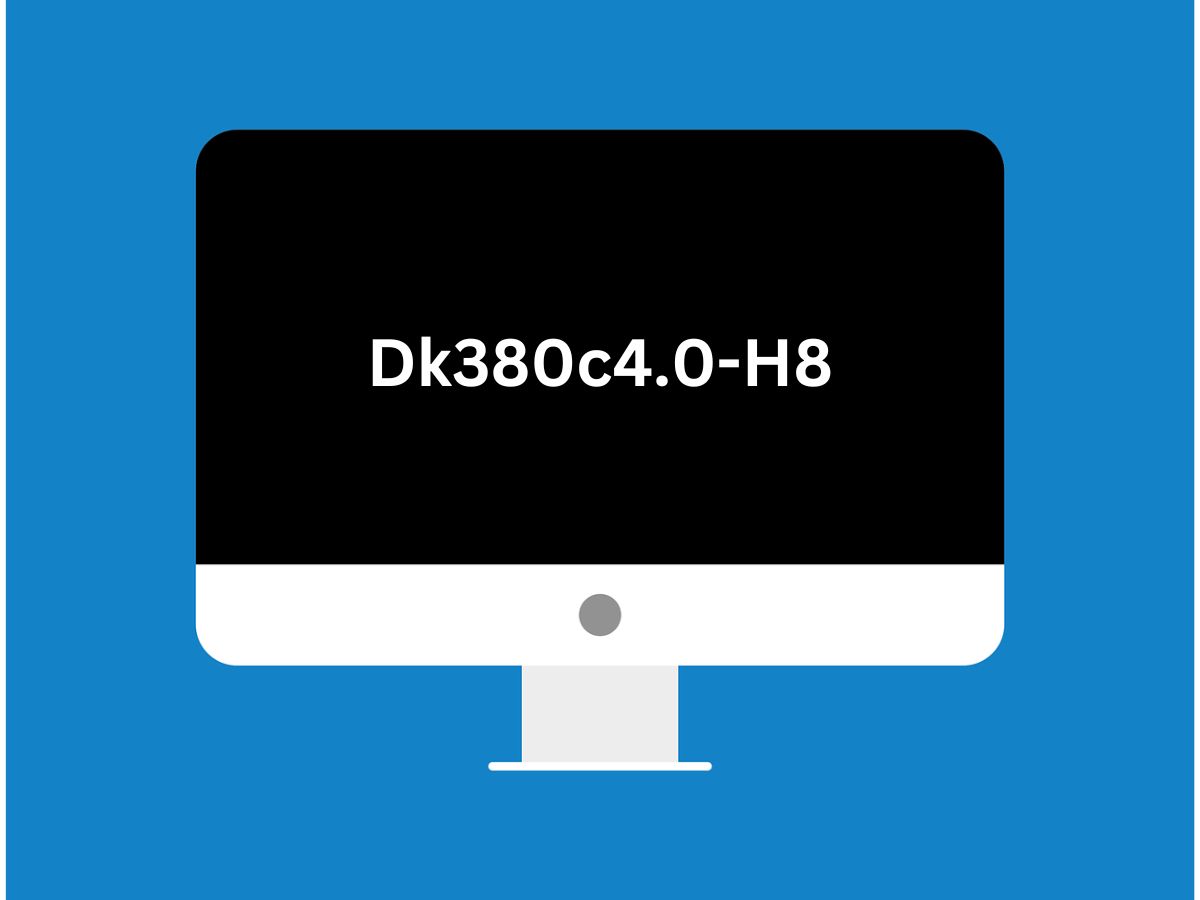In today’s fast-evolving world of digital systems and embedded computing, obscure yet critical identifiers like the 35-ds3chipdus3 Code often hold more significance than one might expect. At first glance, it may seem like a random alphanumeric sequence, but within technical communities, it’s a gateway to a specific set of functionalities, standards, or configurations—especially in specialized chip-level operations and data stream protocols.
This article aims to unpack the 35-ds3chipdus3 Code in its entirety—what it stands for, how it’s used, and why understanding it is important for engineers, system developers, and tech-savvy readers alike.
What Is the 35-ds3chipdus3 Code?
The 35-ds3chipdus3 Code typically refers to a technical identifier linked to a chipset or data stream configuration used in digital signal processing or system-on-chip (SoC) development environments. Each part of the code has meaning:
-
35: Often a version or specification number.
-
ds3: Possibly indicating “Digital Signal level 3,” referencing a high-bandwidth interface or telecommunication stream.
-
chipdus3: May relate to a specific chip firmware or a device-under-system (DUS) configuration level.
This code may be used within internal databases, firmware registries, testing suites, or configuration files to quickly denote compatibility or protocol specifics.
The Technical Anatomy of the Code
DS3: Not Just Telecom
The “DS3” portion immediately draws the attention of telecom engineers. Traditionally, DS3 (Digital Signal 3) is a T-carrier signal level that can transmit up to 44.736 Mbps. In contexts where the 35-ds3chipdus3 Code is applied, it might hint at similar high-throughput expectations, albeit in a more embedded, silicon-level environment. Think chip-to-chip communication, system buses, or FPGA-to-controller integrations.
CHIPDUS3: A Configuration Layer
Breaking down “chipdus3,” we speculate it represents chip-device-under-system, level 3. This implies the chip is part of a tiered system structure. Level 3 may suggest enhanced debugging support, middleware interfacing, or tiered access security on hardware registers. Thus, the 35-ds3chipdus3 Code could be used to identify chips that adhere to a very specific set of integration rules or architecture constraints.
Common Use Cases for the 35-ds3chipdus3 Code
1. Firmware Compatibility Checks
Engineers often encounter the 35-ds3chipdus3 Code during firmware updates or bootloader installations. Certain firmware builds are strictly meant for chips or boards registered under this code, ensuring that incorrect firmware doesn’t brick the hardware.
2. Hardware Configuration Scripts
In board setup scripts or initialization frameworks, the 35-ds3chipdus3 Code might appear as a flag for loading specific GPIO configurations, enabling certain hardware buses, or defining power states. Having this code allows the script to be modular and adaptable across product variants.
3. Security Auditing
With the rise of device-level encryption and secure boot mechanisms, the 35-ds3chipdus3 Code helps cryptographic libraries and bootloaders verify whether a device falls within a trusted hardware set. This adds a layer of system integrity assurance.
How Developers Encounter the Code
If you’re working in embedded Linux, for instance, device tree overlays may contain tags referencing the 35-ds3chipdus3 Code. In IDEs like MPLAB X, STM32CubeIDE, or TI Code Composer Studio, configuration files (often XML or JSON formatted) may list this code under device profiles.
In software-defined environments, this identifier may be used to auto-select libraries or packages at compile-time to ensure compatibility and optimal performance.
Misinterpretations and Errors
While the 35-ds3chipdus3 Code serves a valuable role, it can sometimes be misinterpreted by less experienced developers. A common issue occurs when developers attempt to flash firmware designed for another code version (e.g., “35-ds3chipdus4”) onto a 35-ds3chipdus3 Code chip. This results in either total hardware failure or partial system functionality.
Similarly, automated systems that parse hardware info without accounting for the 35-ds3chipdus3 Code might misclassify devices, leading to update or deployment failures.
Best Practices for Working with the Code
-
Maintain Updated Documentation: Always ensure that internal documentation lists which hardware identifiers, including the 35-ds3chipdus3 Code, are supported by any given software or update package.
-
Version Lock Critical Builds: Use checksum or hash pairing with the 35-ds3chipdus3 Code to lock in firmware builds to avoid mis-flashing.
-
Enable Logging During Deployment: Scripts or batch processes that interact with the chip should log the detected code and issue a warning if mismatches occur.
-
Audit with the Code in Mind: In security-sensitive applications, ensure system audits validate the 35-ds3chipdus3 Code during any boot, authentication, or OTA update process.
The Code in Production Environments
In real-world applications, the 35-ds3chipdus3 Code is more than just a specifier—it becomes part of the product lifecycle. From manufacturing to customer service, every step may rely on accurate recognition of this code:
-
In factories, automated robotic testers use the code to load calibration profiles.
-
In support teams, the code helps match users with the correct drivers and firmware versions.
-
In analytics, the code feeds into telemetry systems that track which hardware versions are most stable or performant in the field.
Future Outlook for the 35-ds3chipdus3 Code
As SoC platforms become increasingly complex and AI workloads shift to edge devices, identification codes like 35-ds3chipdus3 Code will only grow in relevance. We expect future systems to incorporate such codes into machine-readable RFID tags or QR codes on PCBs for fast diagnostics and configuration.
Moreover, with the rise of digital twin technologies, every real-world chip may eventually have a virtual replica identified by such a code, ensuring seamless integration across physical and simulated environments.
Conclusion
The 35-ds3chipdus3 Code may not be something the average user encounters, but for those in the trenches of system design, embedded development, and hardware integration, it plays a crucial role. From defining firmware boundaries to managing chip-level security and optimization, the code acts as a small but powerful thread in the fabric of digital infrastructure.
Understanding and correctly leveraging the 35-ds3chipdus3 Code can improve system robustness, reduce errors, and streamline development cycles—making it a worthy addition to any developer’s knowledge base.



